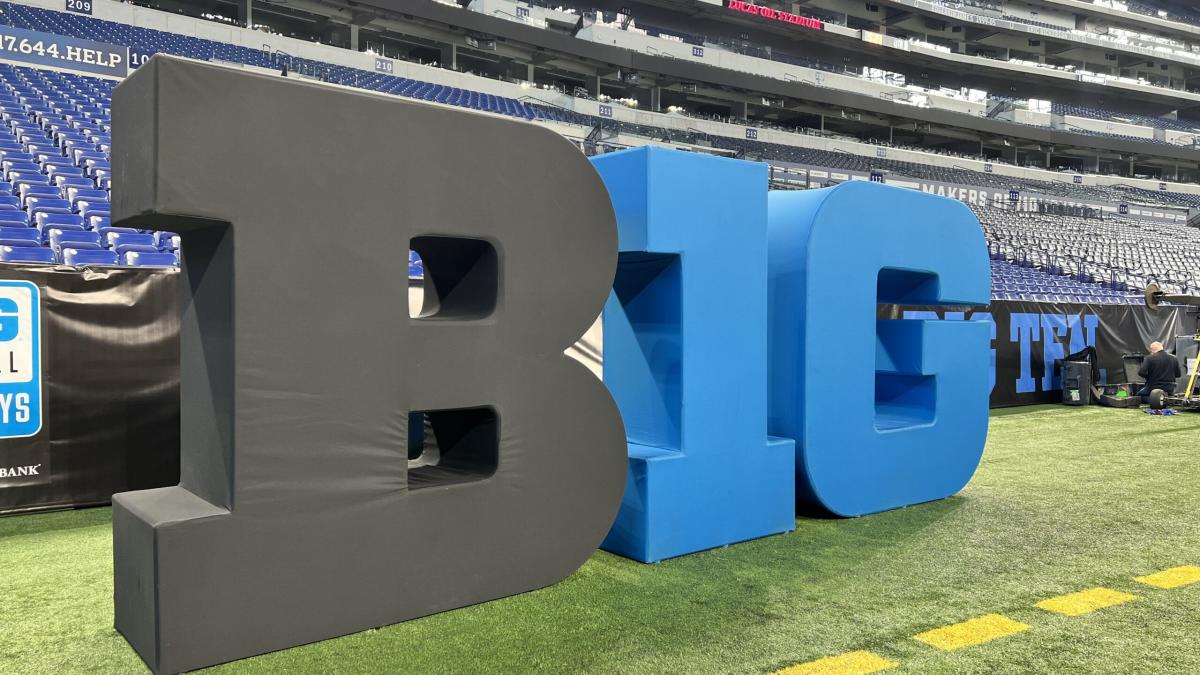Football
Opinion: The last day of the Big Ten as we know it
More in Football
-


What’s a Good Season for Nebraska Football in 2025?
On this week’s Saturday Morning Coffee Show, Jack Mitchell and Josh Peterson took questions...
-


Continuing our look at newcomers who could help the Huskers in 2025.
As spring practice approaches for Nebraska football, there is plenty of intrigue surrounding year...
-


Roy Helu With Bo Pelini Stories & Thoughts on Current Nebraska Football Team
RARE Roy Helu interview…Roy pulls back the curtain like never before! He explains why...
-


Stewart named Nebraska Football GM | KLIN
The Nebraska Athletic Department announced Tuesday that Pat Stewart has been hired as the...
-


Joba Chamberlain Talks Baseball Career, Growing up in Lincoln, Husker Football, Matt
Nebraska baseball legend Joba Chamberlain joins the Common Fans for a wide ranging conversation...
-


Nebraska Softball Run-Rules Northern Iowa in Home Opener
Three home runs powered the Huskers to a massive win over Northern Iowa to...
-


Is The Nebrasketball Season Toast?
It’s a long and winding conversation surrounding Nebraska men’s basketball on this week’s I-80...
-


Husker Games announced to replace spring game | KLIN
Nebraska Athletics announced the creation of the Husker Games for Saturday, April 26, showcasing...
-


New Nebraska Football Assistants Meet the Media
Three more of Nebraska’s new assistant coaches met with the Husker media Tuesday morning....










You must be logged in to post a comment Login